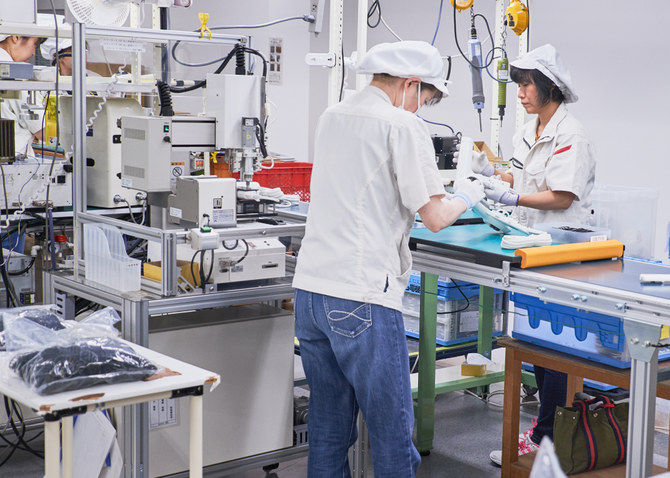The 4 Key Differences Between Goods and Services

As consumers, we interact with both goods and services on a daily basis. However, there are significant differences between the two that are important to understand. Here are the four major differences between goods and services:
- Tangibility: Goods are physical products that can be touched, seen, and felt, while services are intangible and cannot be physically possessed. This means that goods can be stored and transported, while services are consumed at the time they are provided.
- Production: Goods are typically produced in a factory or manufacturing plant, while services are produced by people. This means that the production process for goods is more standardized and predictable, while the production process for services is more variable and dependent on the skills and abilities of the service provider.
- Customization: Goods are often mass-produced and standardized, while services can be customized to meet the specific needs of individual customers. This means that services can be tailored to meet the unique preferences and requirements of each customer, while goods are more limited in their ability to be customized.
- Evaluation: Goods can be evaluated based on their physical characteristics and features, while services are evaluated based on the quality of the experience and the outcome. This means that the evaluation of goods is more objective and based on measurable criteria, while the evaluation of services is more subjective and based on the customer's perception of the experience.
Understanding these key differences between goods and services is essential for businesses that offer both. By recognizing the unique characteristics of each, businesses can better tailor their offerings to meet the needs of their customers and improve their overall customer experience.